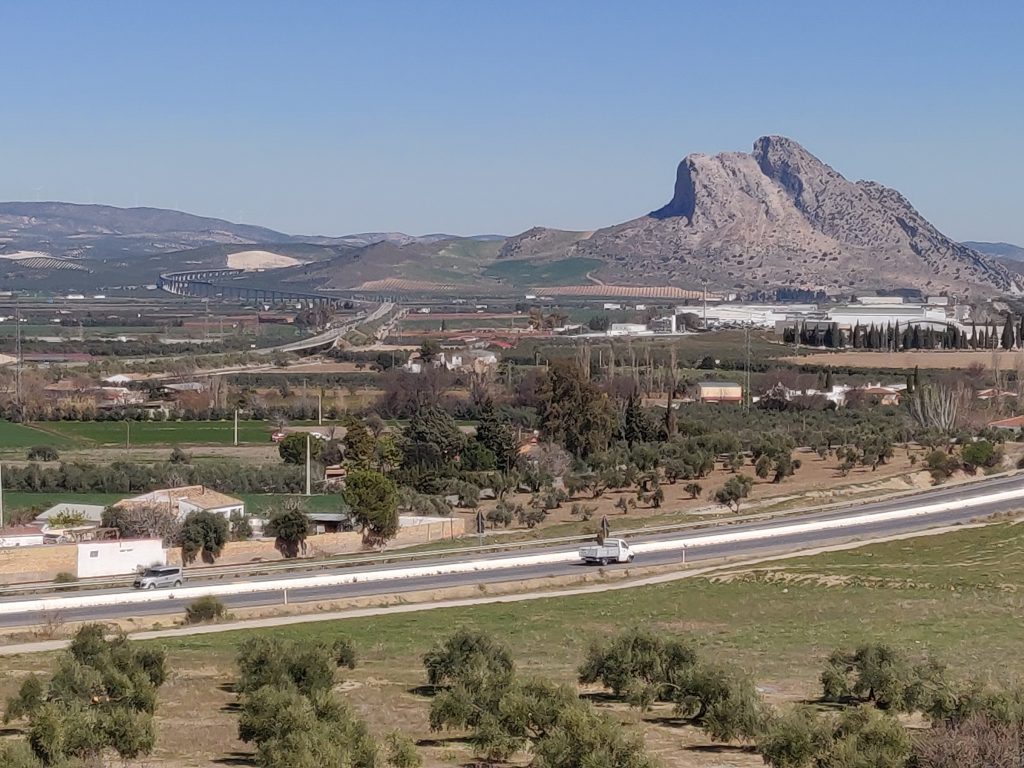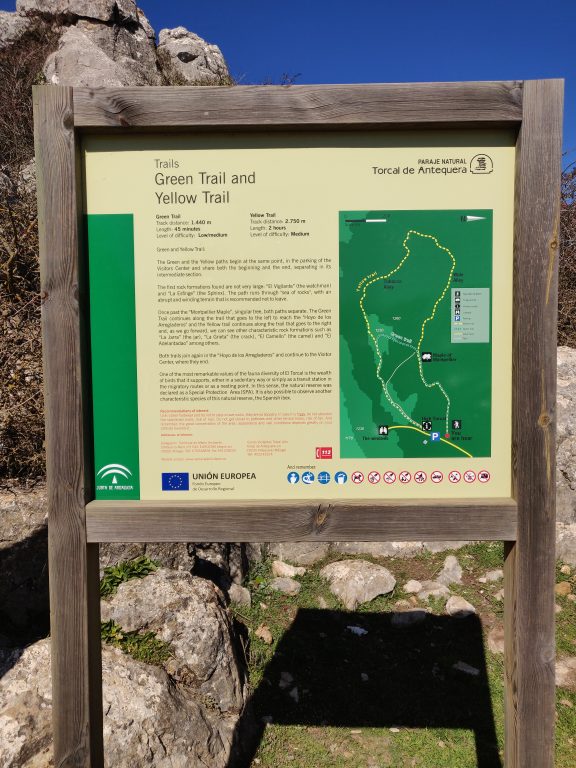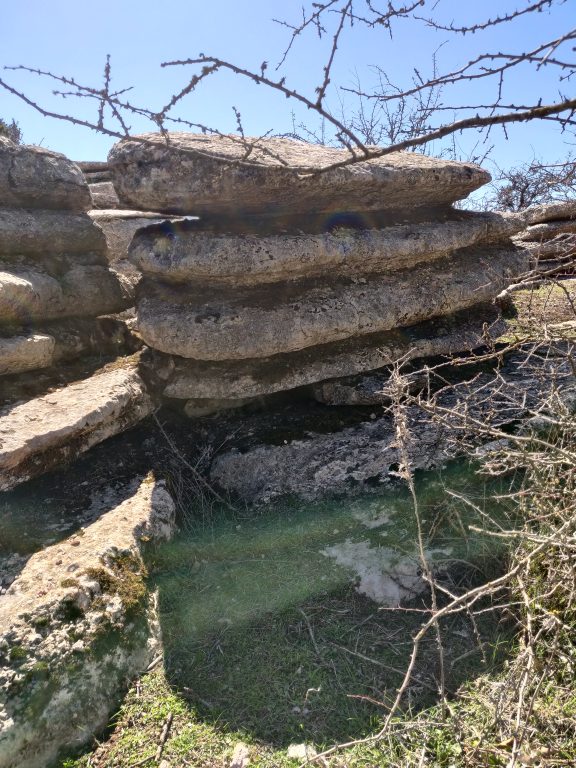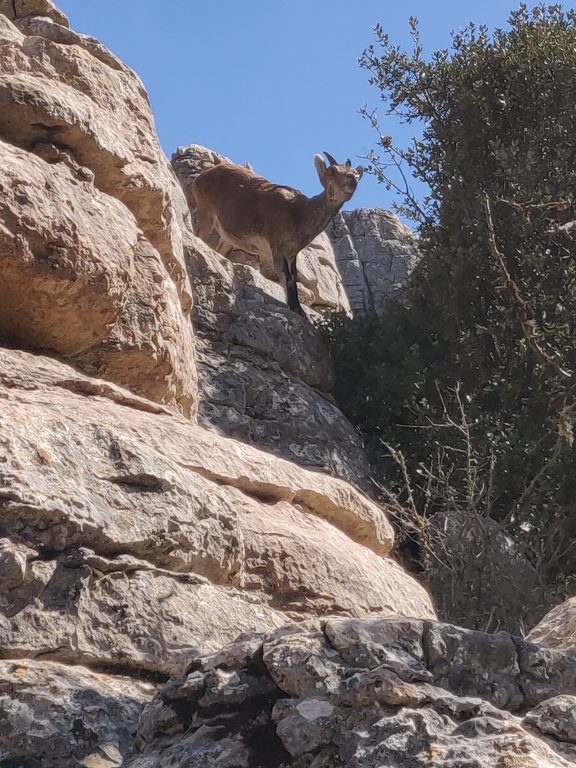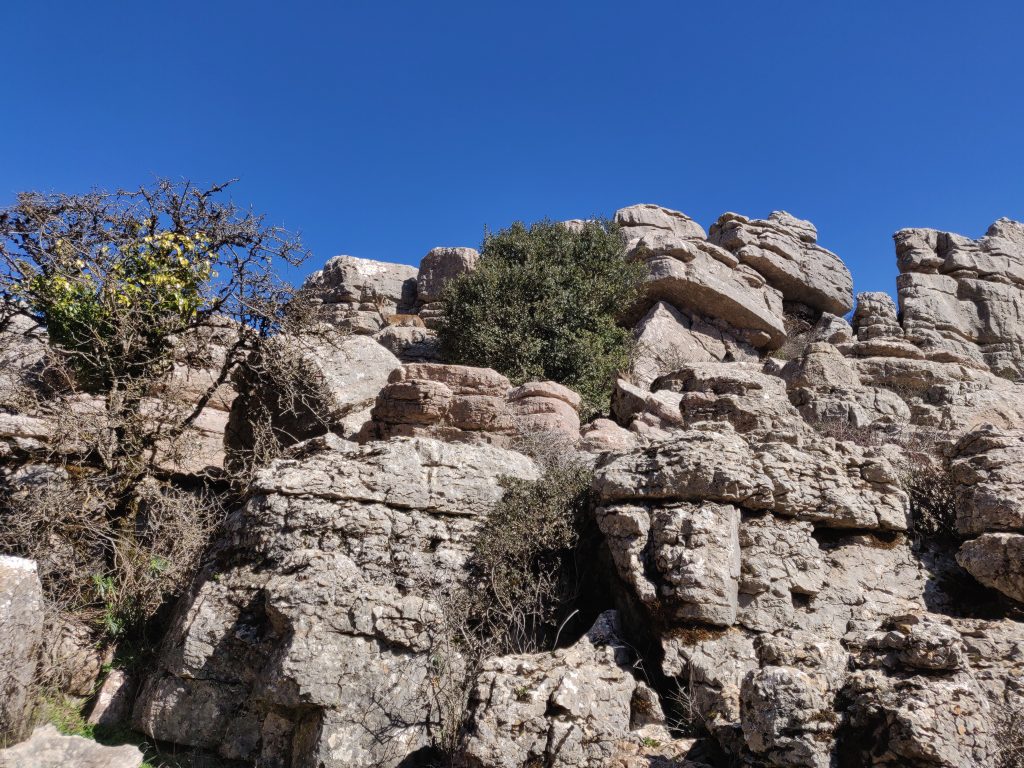Our second and final day at Antequera started with breakfast at Loulu bistro. Freshly squeezed Orange juice, strong coffee and a very nice toasted ham and cheese roll. Interesting decor and tables.
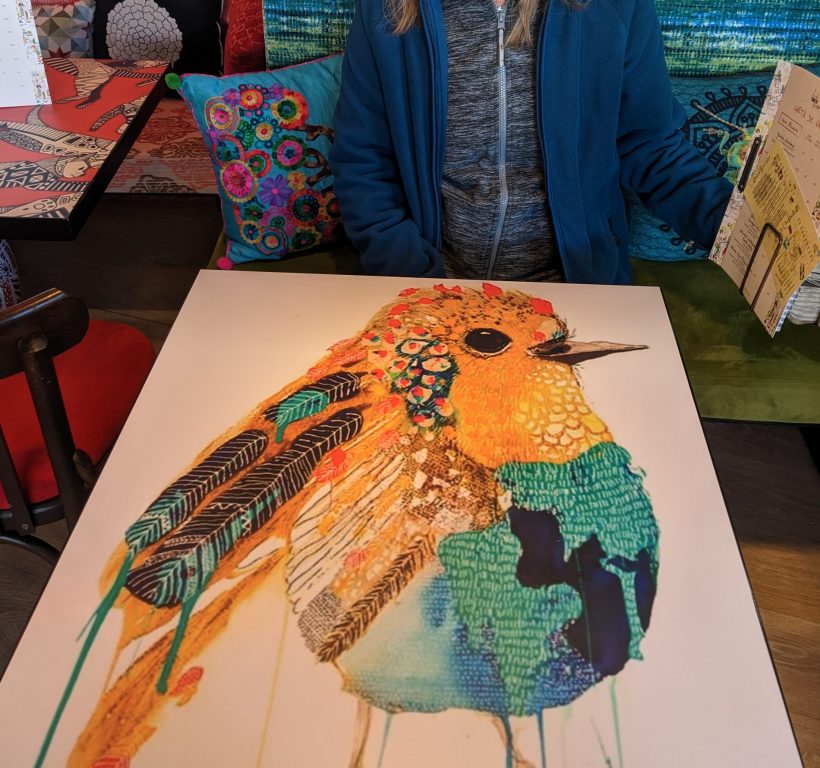
Then we walked to the top of Antequera to visit the Alcazabar. The views across the town and surrounding countryside are spectacular and the castle was originally a Moorish fortress erected over Roman ruins in the 14th century.
The city and its citadel fell into Christian hands during the capture of Antequera which lasted for five months in 1410.
There’s a very good audio book and website (scan the QR code) which tells the story of the castle. Entry to the castle and the Royal Collegiate of Santa Maria was available for a combined price of 6 Euros each before concessions.
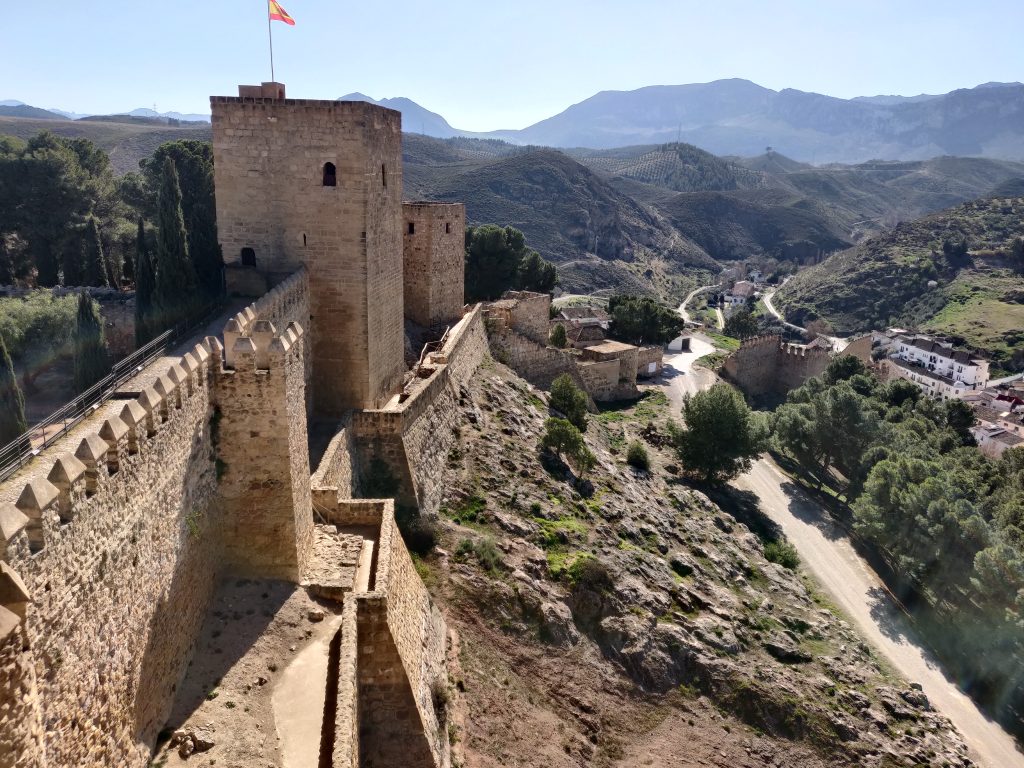
The Real Colegiata de Santa María la Mayor (Royal Collegiate Church of the Great St. Mary) is known to be the first Renaissance church to be built in Andalusia (1530-1550). Its monumental façade is one of the most representative symbols of the city of Antequera.

After reading the first Ken Follet book recently (“The Pillars of the Earth”), I have a more nuanced view of such architecture. The buttresses, columns and arches, whilst elaborate and pleasing to the eye, are in fact engineering and mathematical miracles performed in an era without computers and what we might call “modern methods”. Essentially they are there to support the roof and to ensure that the weight of the roof didn’t result in the walls collapsing.
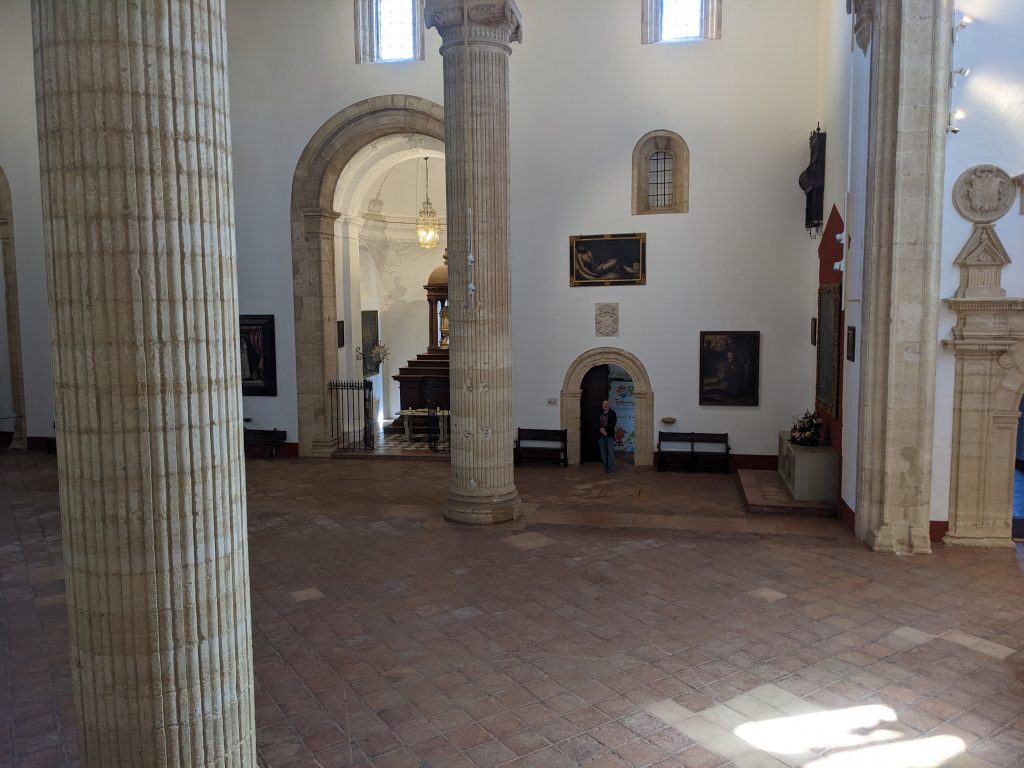
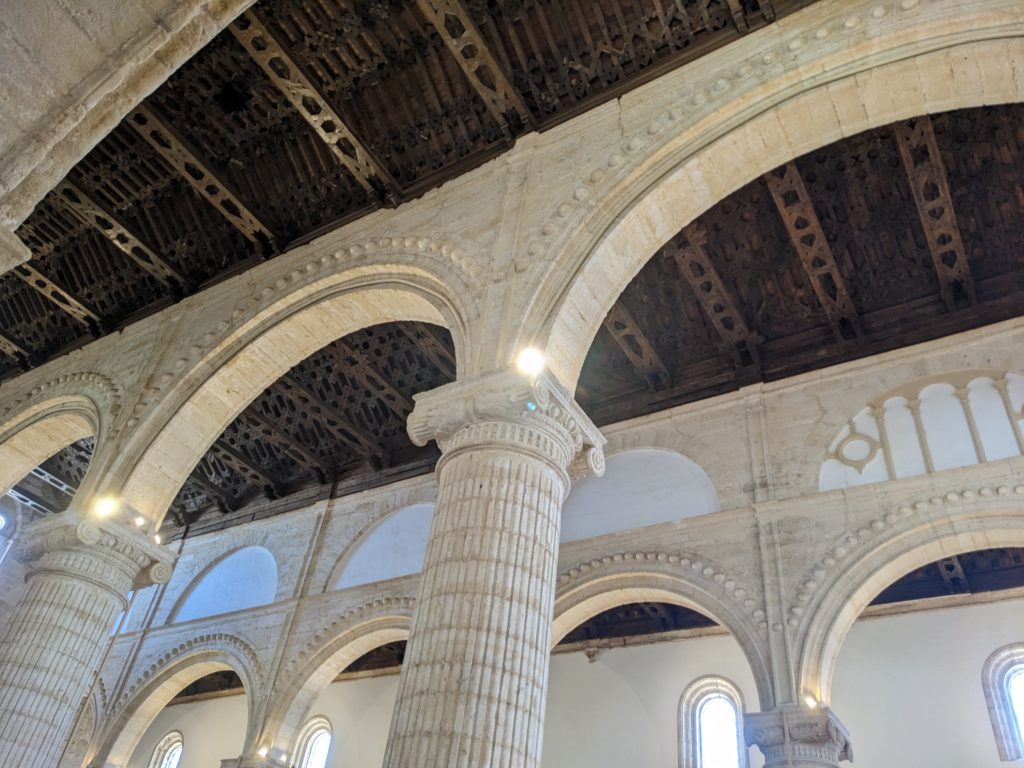
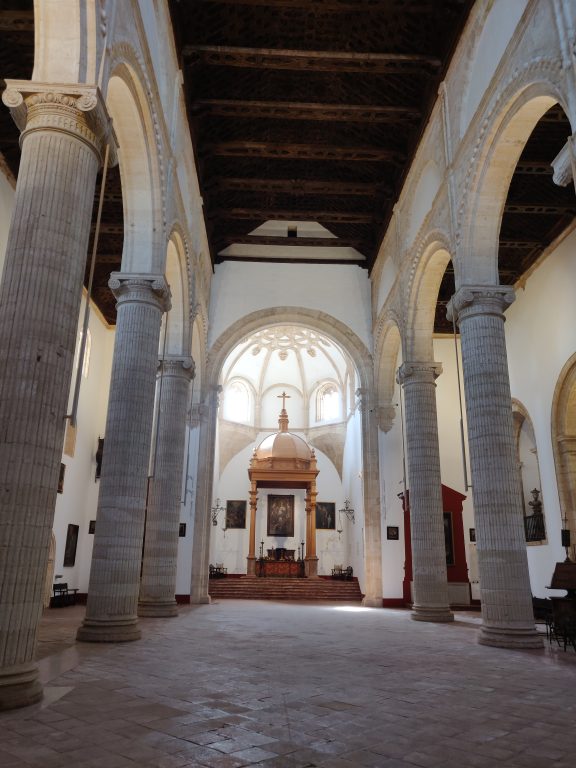
In the afternoon we set off to the nature reserve of El Torcal de Antequera which is in the Sierra del Torcal mountain range just south of the city. The jurassic age limestone is around 150 million years old and was laid down in a marine corridor which extended from the gulf of Cadiz to Alicante. The sea-beds were then lifted to a height of 1300m during the Tertiary era, resulting in a mountain range of flat-lying limestone – rare in Andalucia.
Later, a series of fractures, cracks and faults at right angles were exploited by erosion which produced the alleys and large blocks of limestone which we were able to see during our visit.
The blocks themselves have been the subject of calcite dissolution and freeze-thaw action which, working on the limestone’s horizontal beds, resulted in the various shapes visible today, many of which resemble, and have been named after, everyday objects such as the Sphinx, the Jug, the Camel, the Screw, etc.
In the picture below as well as the ancient El Torcal, you can see the very modern high speed railway which links Madrid with Malaga.
